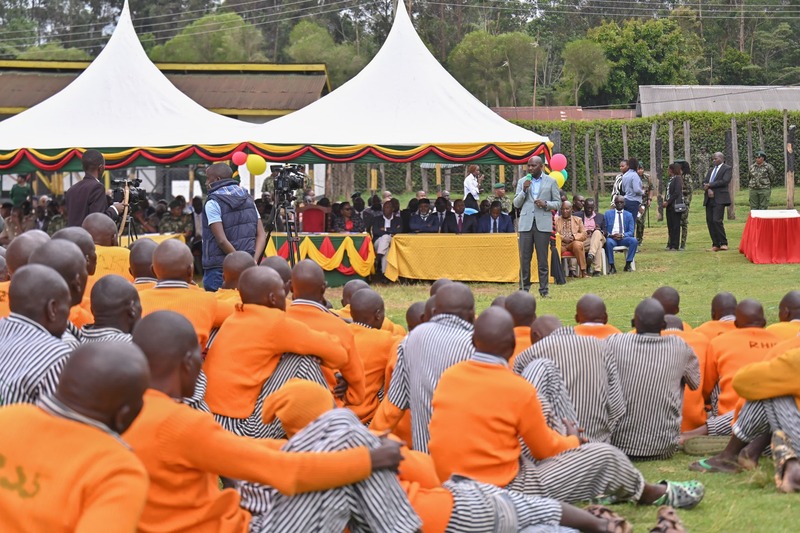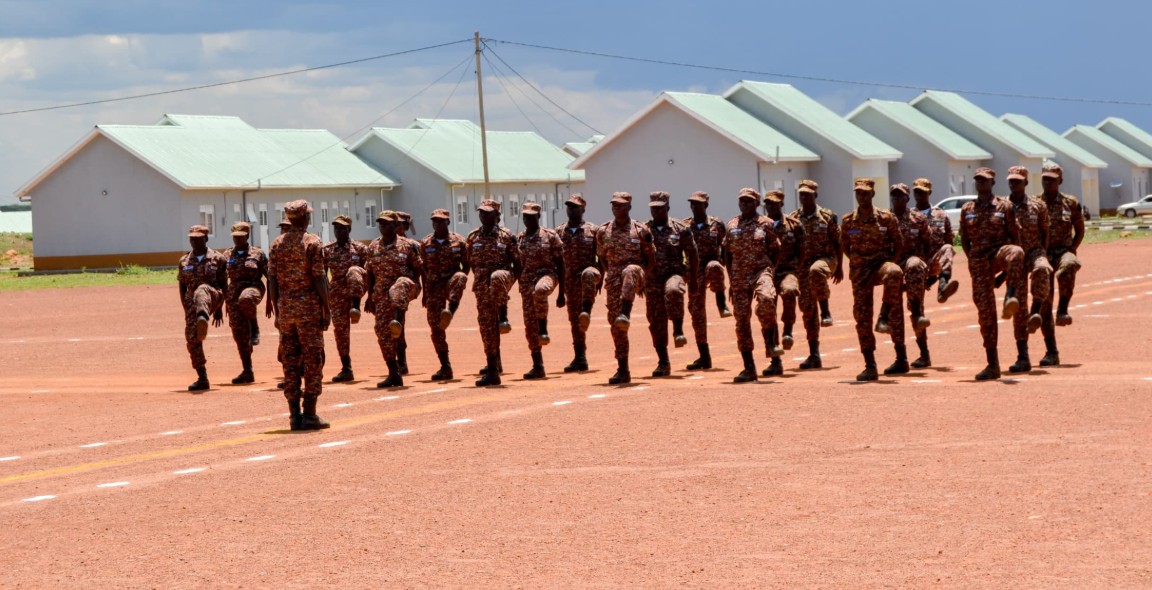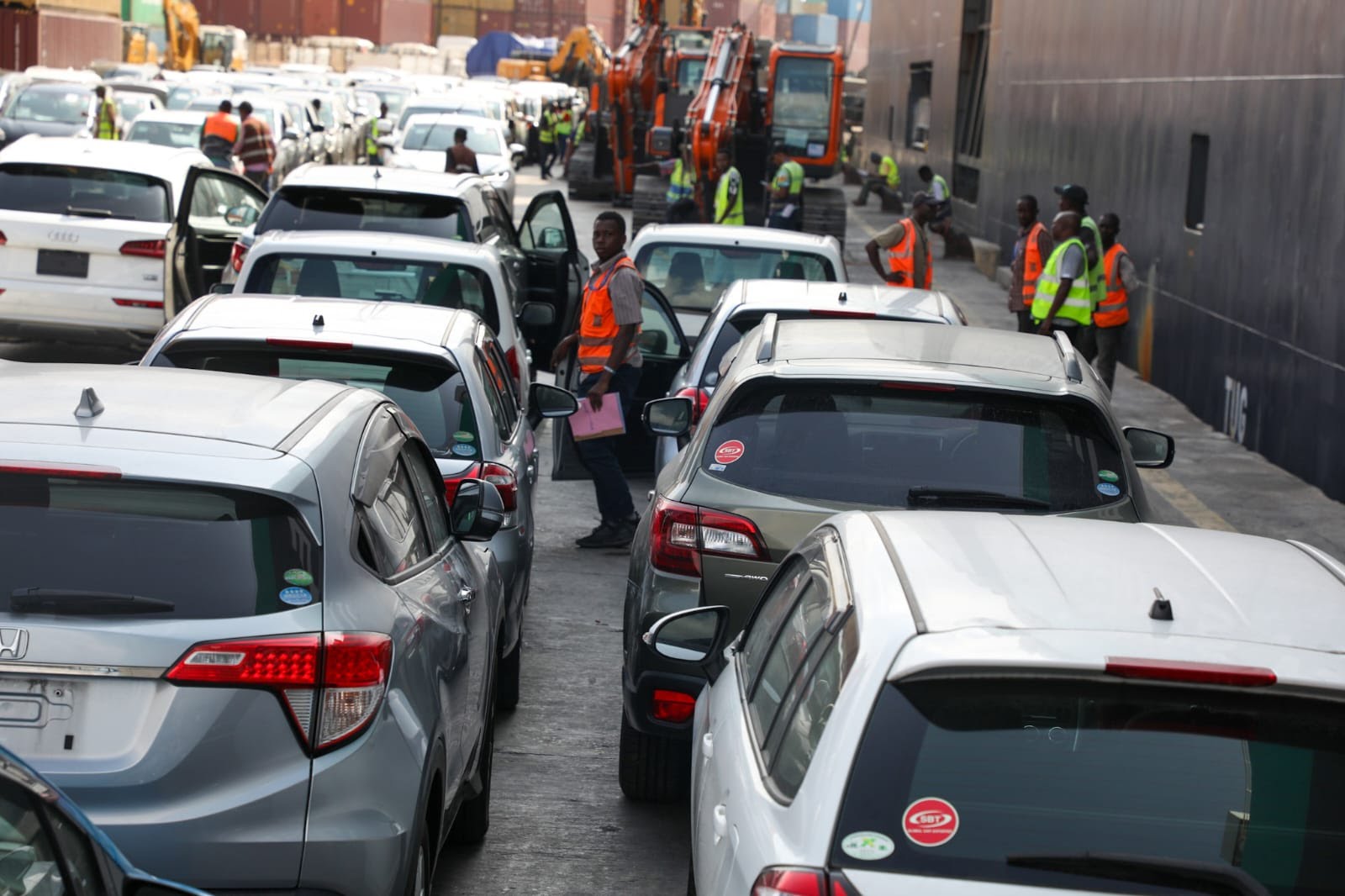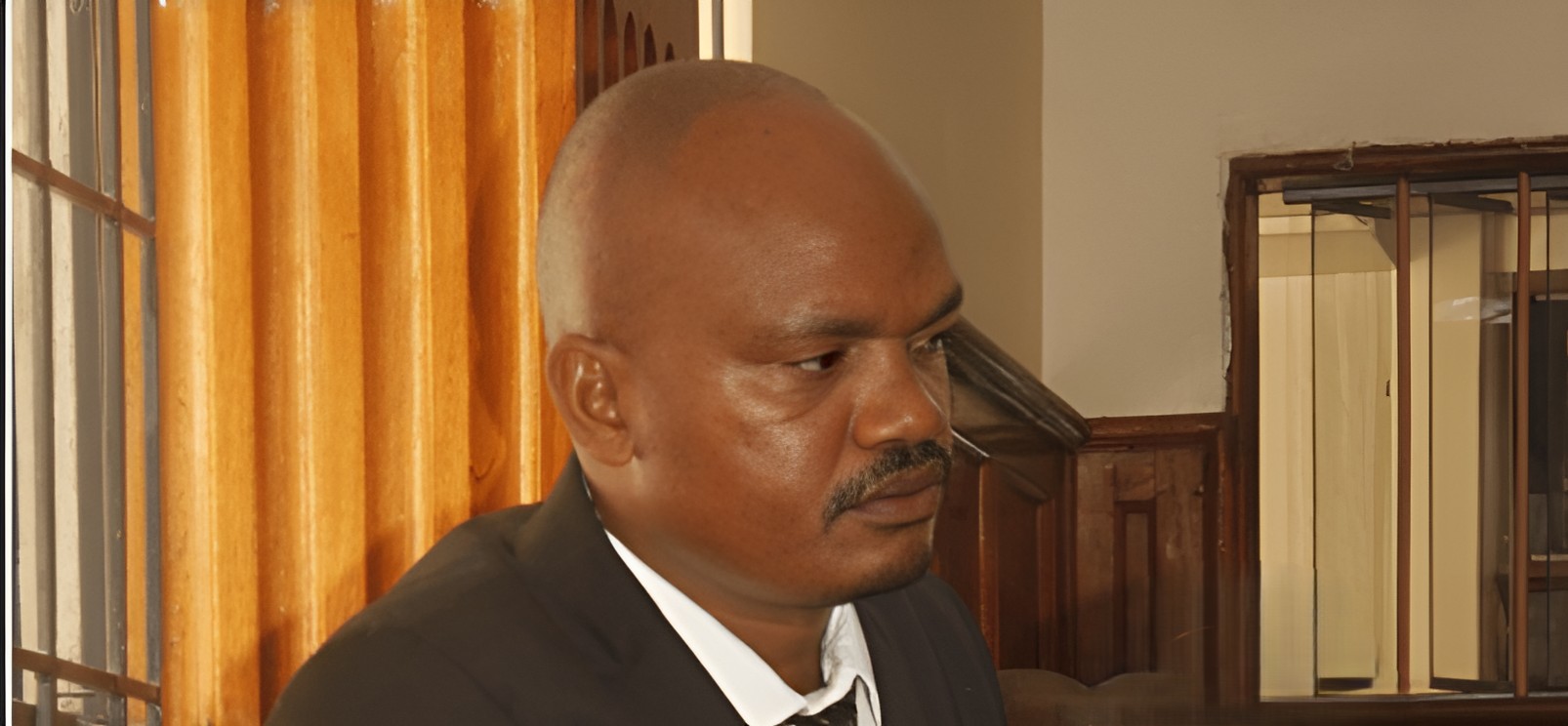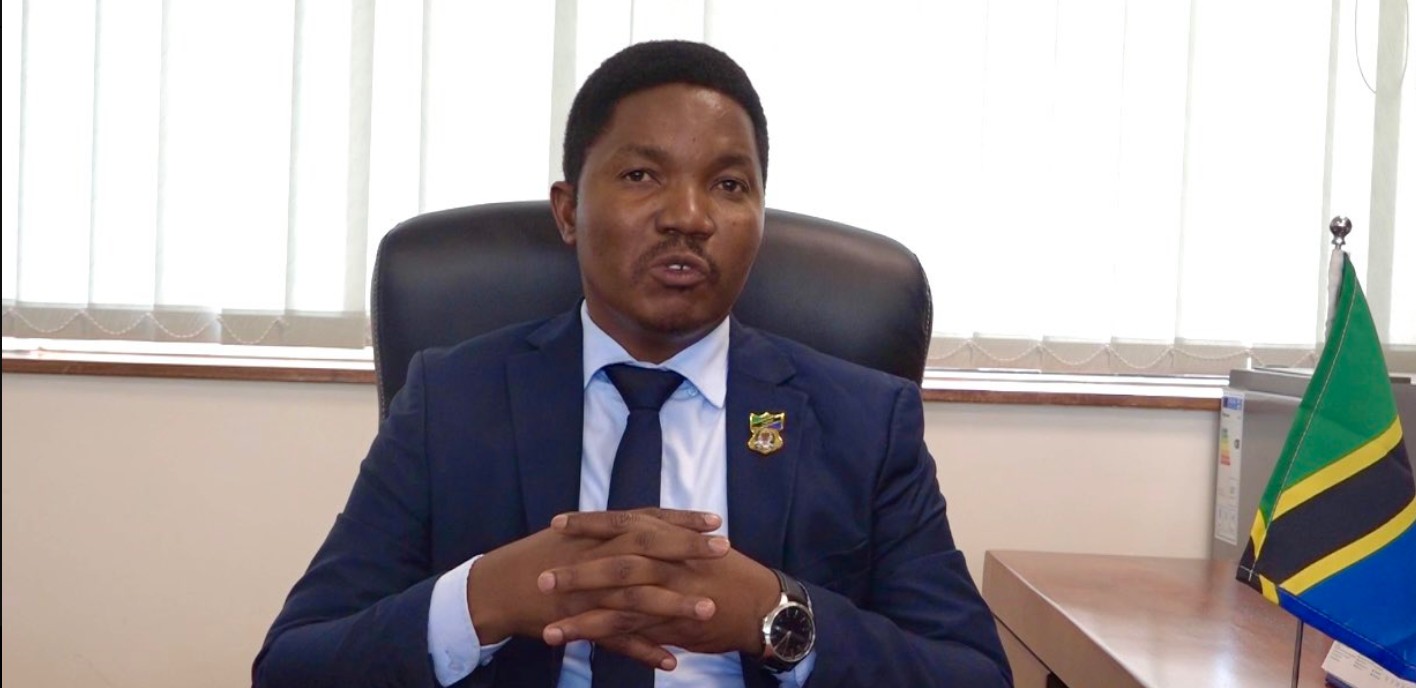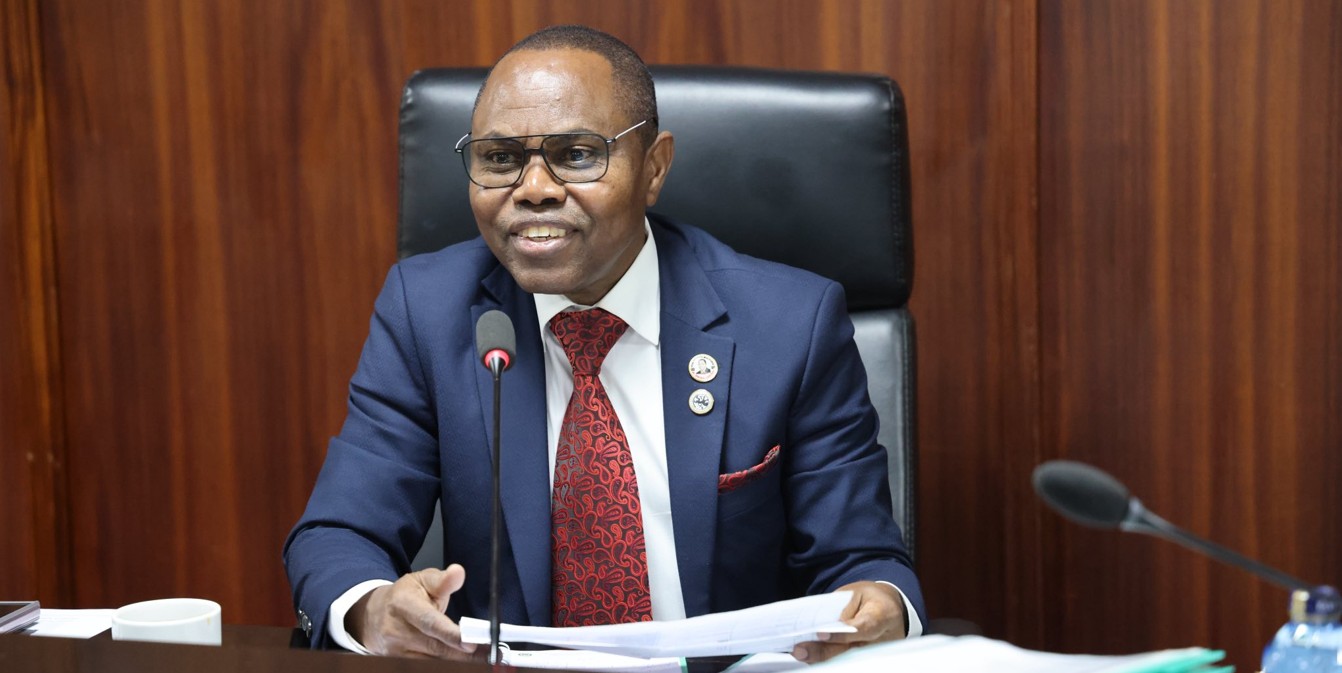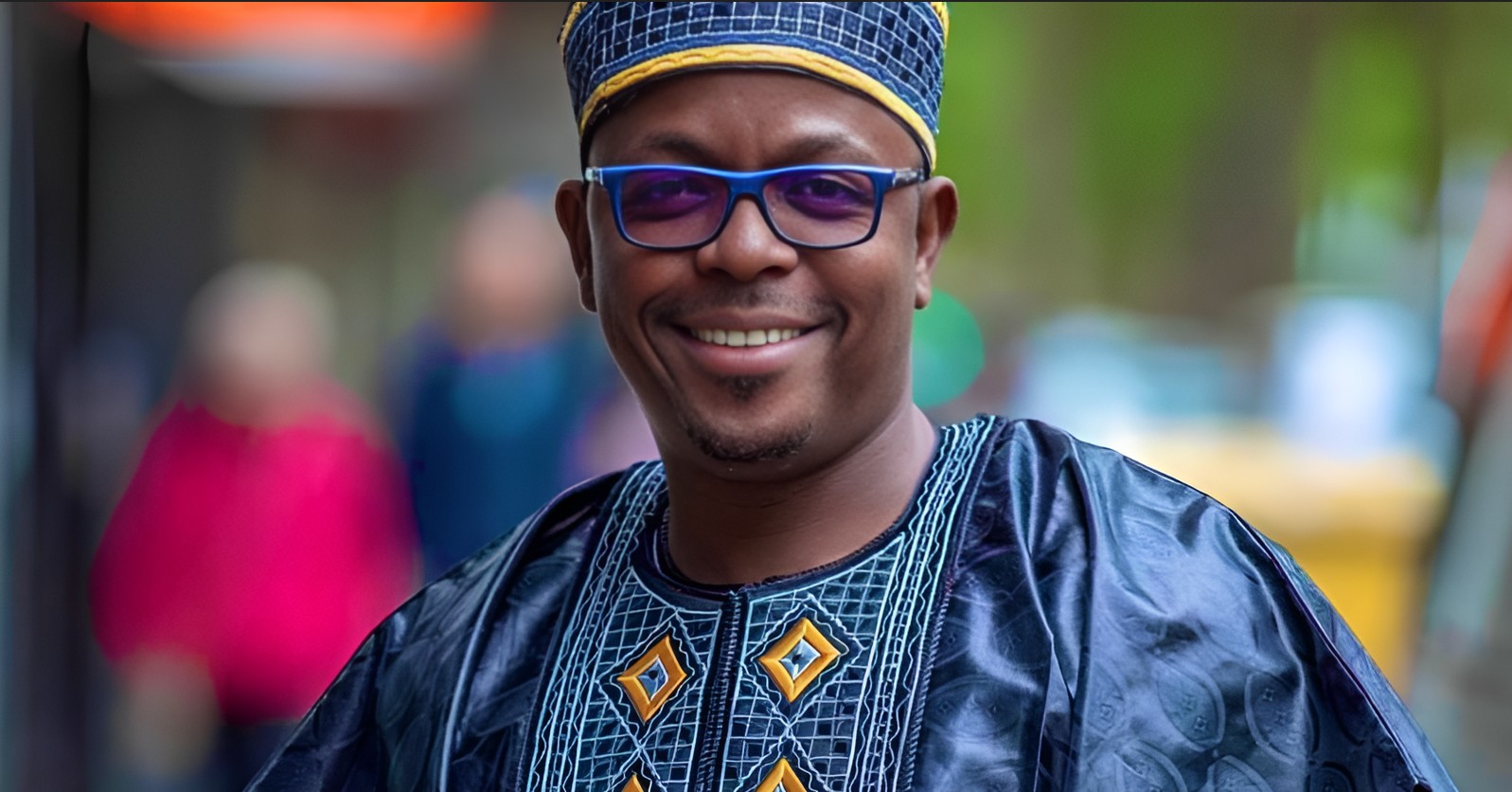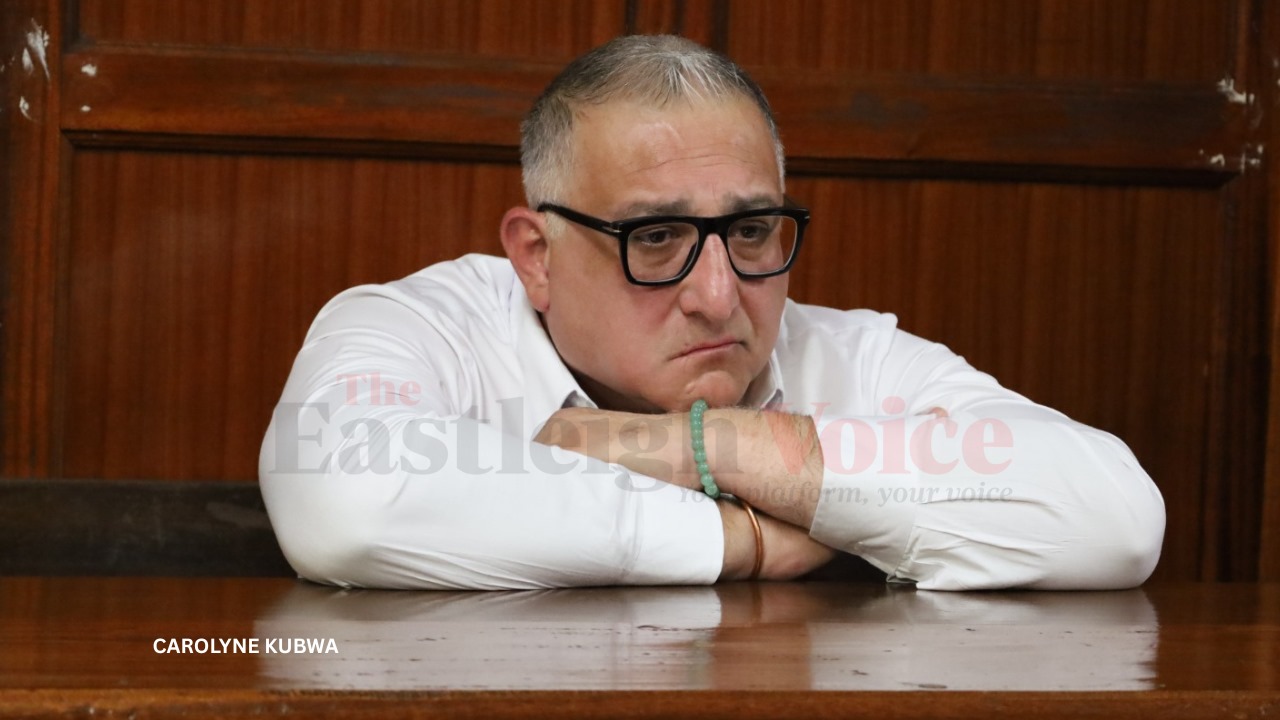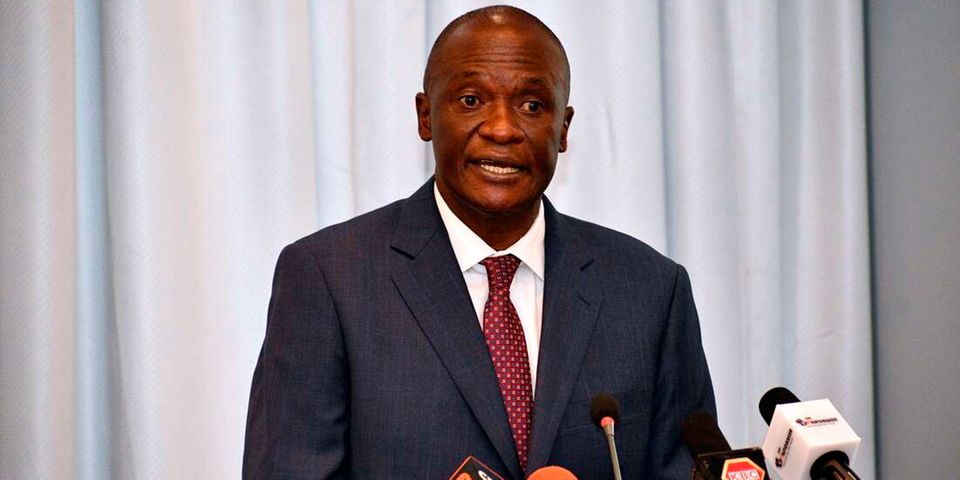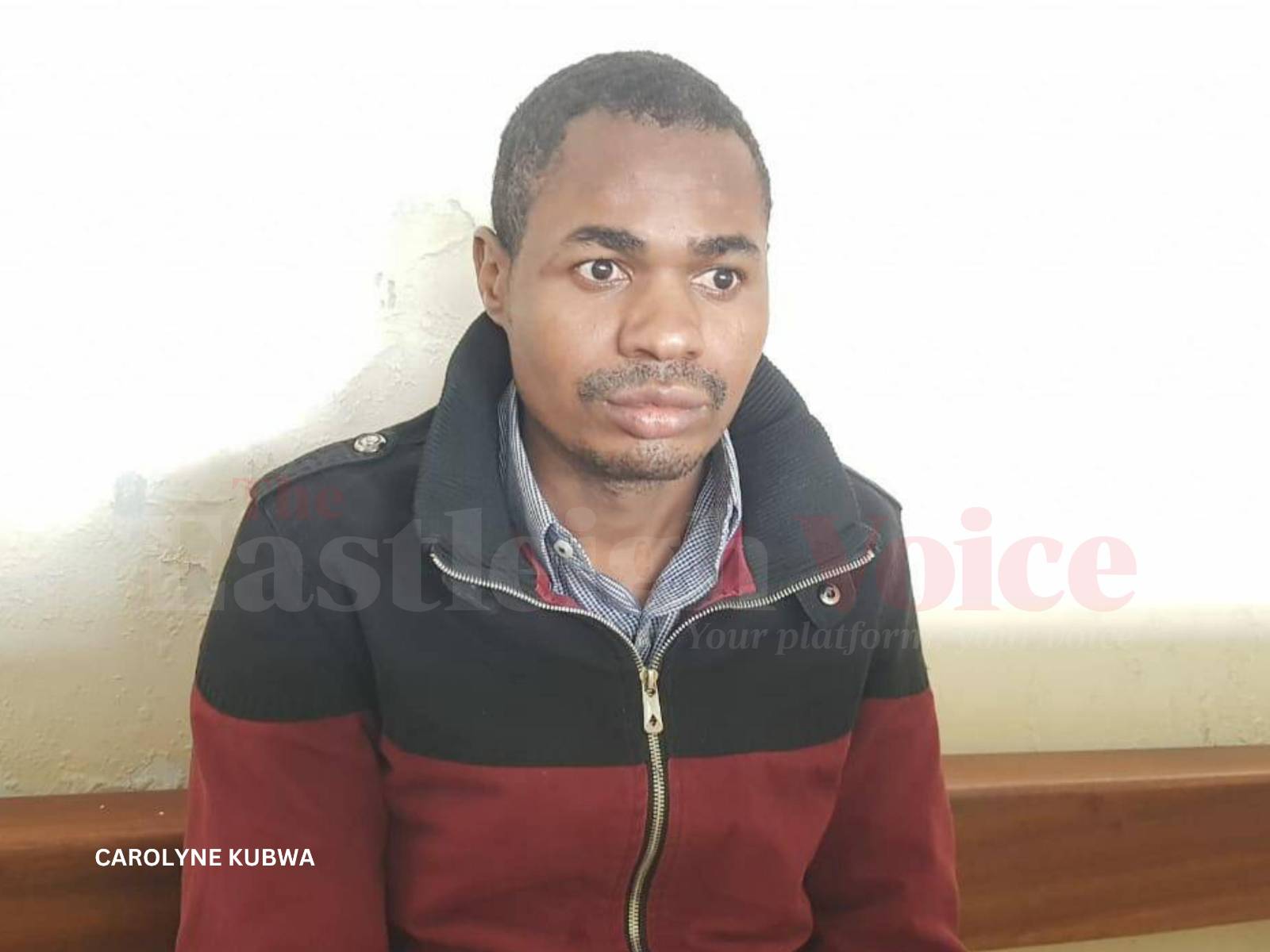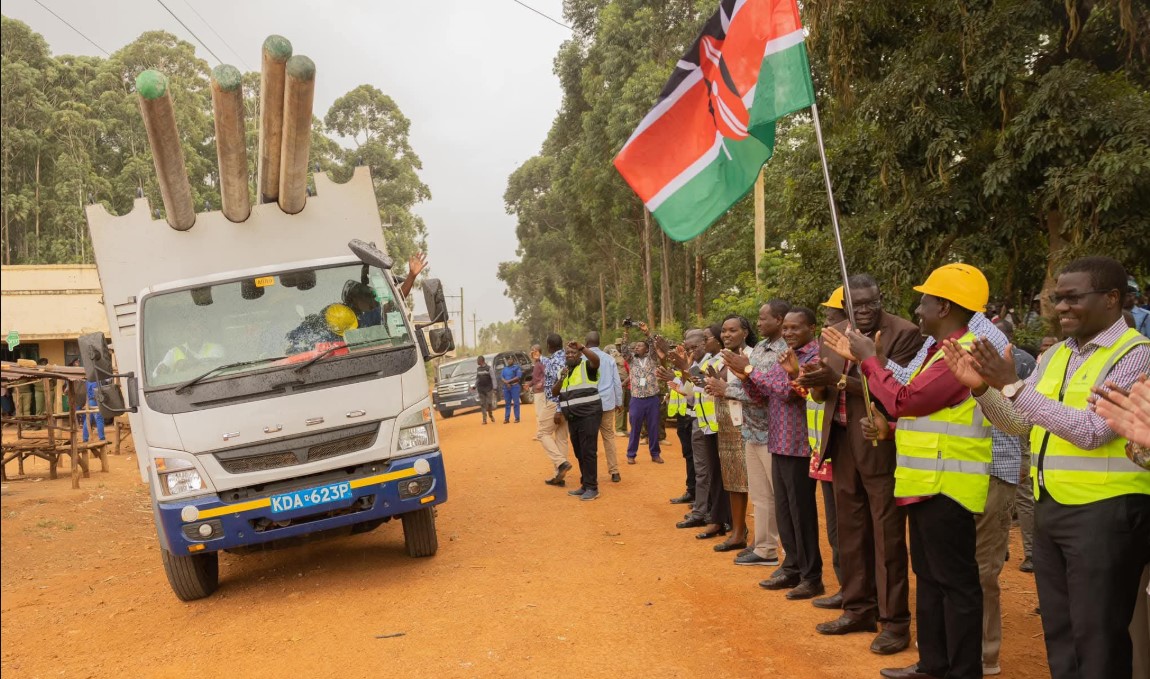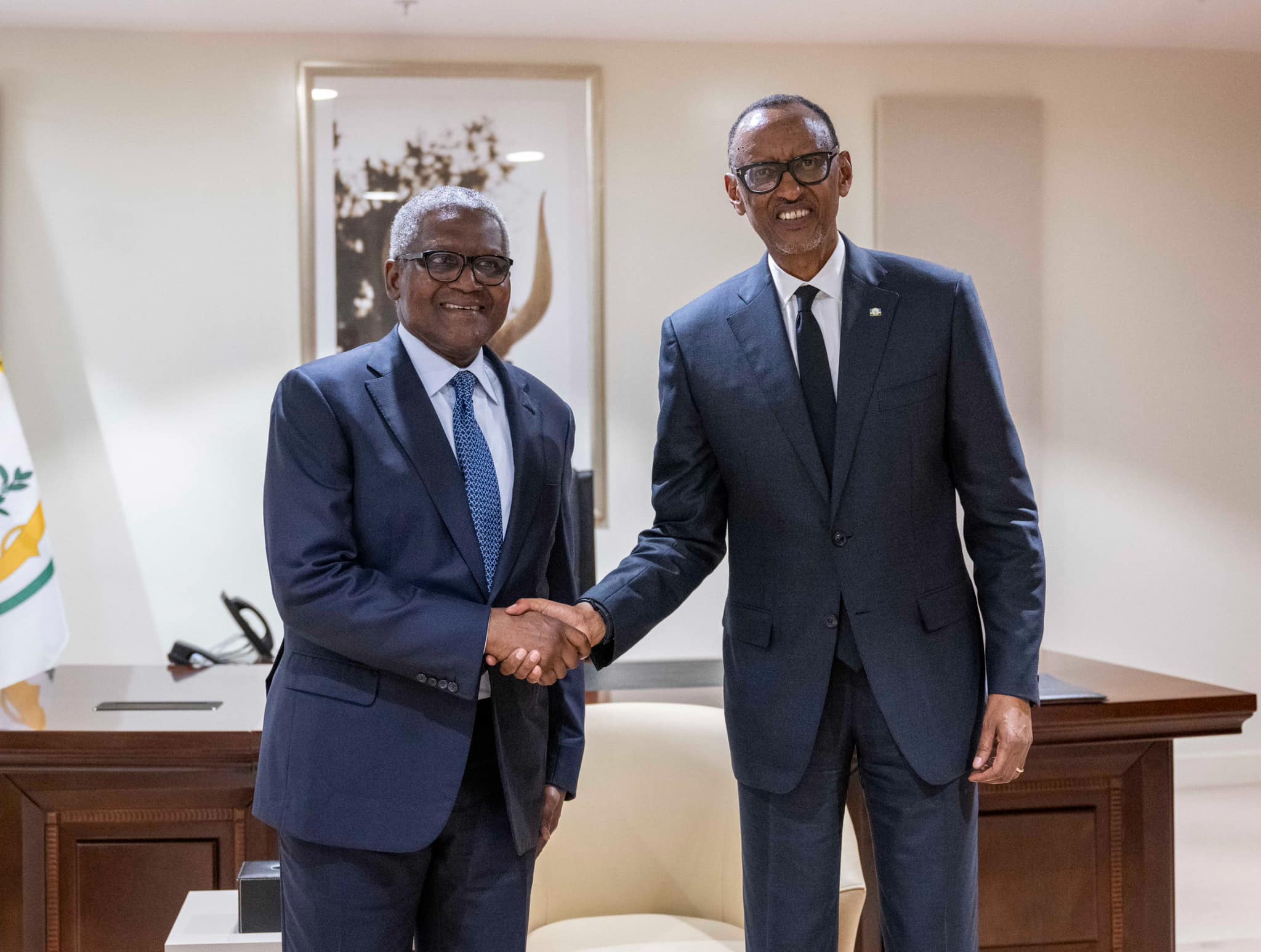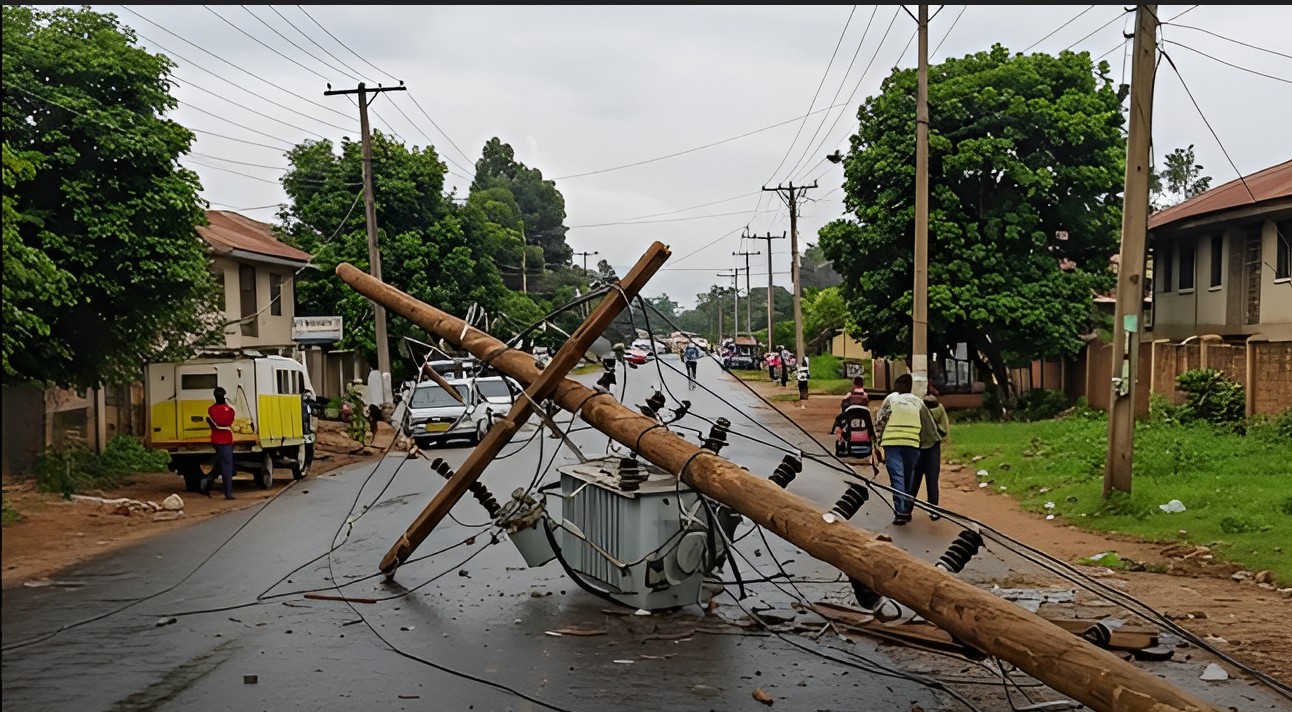Violence is the Kenyan state's language: 5 strategies it uses to control citizens
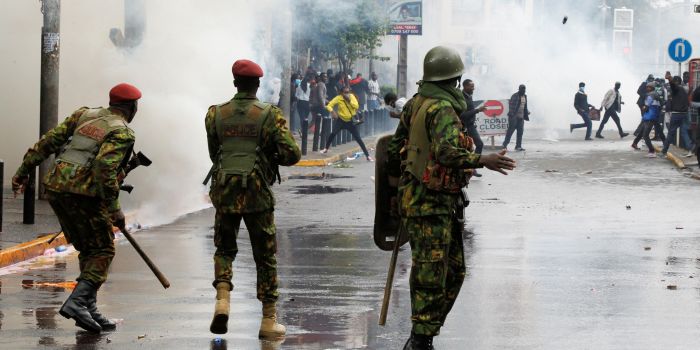
This approach is informed by the fact that law enforcement bodies continue to do the bidding of the regime in power, rather than of Kenyan citizens, as required by the country’s constitution.
Since the early 2000s, Kenya has come up with legislative changes and thrown a tremendous amount of funding at a range of reforms to improve the relationship between police and citizens.
Specifically, these reforms have been aimed at addressing impunity and human rights abuses.
More To Read
- LSK slams police for selectively disrupting opposition events, cites breach of rights
- MPs order IG of Police Kanja to immediately hand over HR, payroll functions to NPSC
- State House faults 'The Economist' over editorial on Kenya's authoritarian drift
- NPSC accuses National Police Service of stalling reforms, blocking its constitutional mandate
- President William Ruto reinstates Charles Nyachae to Kenya School of Government post
- Anglican Church calls for compensation for protest victims
Police reform was a crucial part of president Mwai Kibaki’s government (2002-2013). The regime aimed to transform the security and justice sector that had been viewed by many as an instrument for control by –- and for –- the political elite.
Kenya has since introduced new police command structures, established monitoring institutions such as the Independent Policing Oversight Authority, and set up community policing schemes around the country.
The aim of these reforms has been to transform the culture and mindset of the National Police Service from being state-centred to people-centred.
However, these reforms have failed in one fundamental respect: transforming the police force from being authoritarian to being one that serves Kenyan citizens within a democracy. The police service is one of the country’s least trusted institutions.
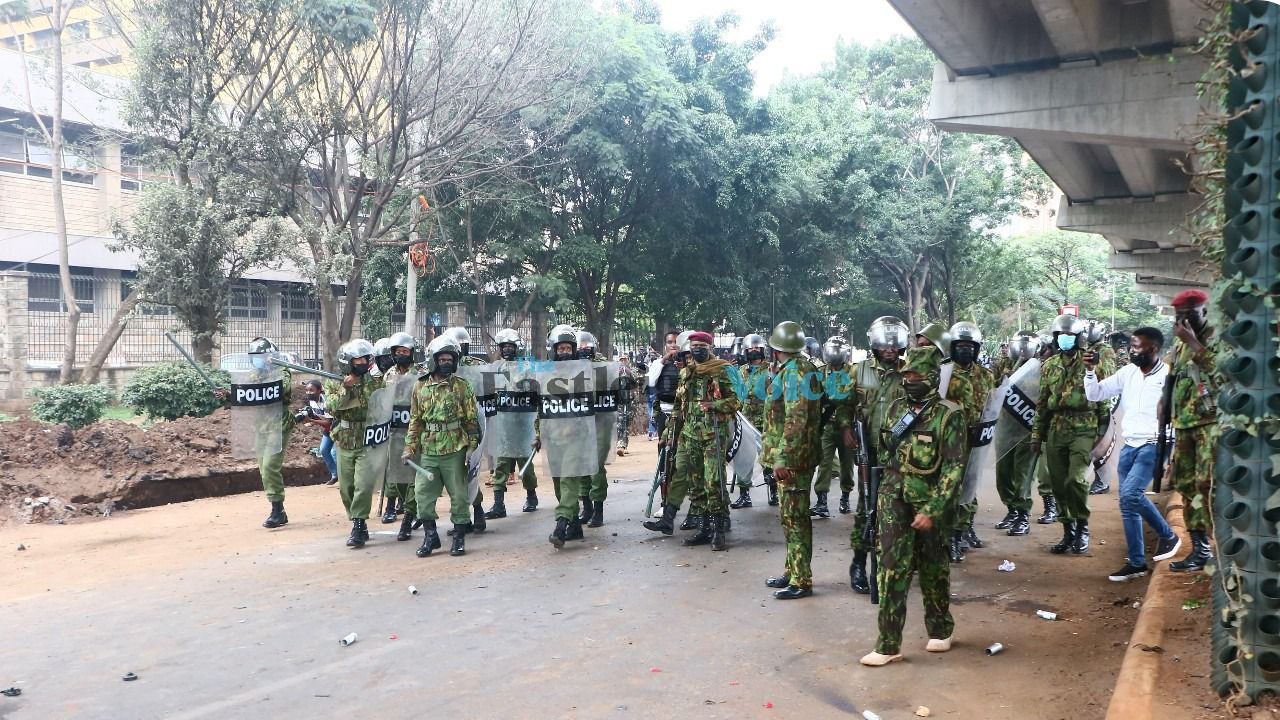 Police officers on Uhuru Highway during the anti-Finance Bill protests on June 20, 2024. (Photo: Justine Ondieki/EV)
Police officers on Uhuru Highway during the anti-Finance Bill protests on June 20, 2024. (Photo: Justine Ondieki/EV)
During recent protests against the high costs of living, law enforcers showed that they have one approach: the use of force.
This approach is informed by the fact that law enforcement bodies continue to do the bidding of the regime in power, rather than of Kenyan citizens, as required by the country’s constitution.
As anthropologists who have been studying social justice movements, security and citizenship in Kenya for many years, we conclude that the
Kenyan state continues to engage with its citizens through the language of violence. This language refers to the structured and institutionalised way in which the state engages with citizens through force.
We identify five main ways the state does this:
- using unlawful physical force
- blaming individual police officers for violent incidents
- using the army for domestic security
- criminalising demonstrators
- abusing the justice system.
1. Suppressing demonstrations
Protests allow citizens to bring their grievances to the attention of their government. How a democratic government responds to this expression matters.
In Kenya, the state’s response has often been the use of unlawful and excessive physical force.
During recent anti-tax protests, for instance, law enforcement agencies used tear gas, water cannons, physical assaults and live ammunition on demonstrators. Such aggressive tactics have a long history in Kenya.
There were also attempts to abduct individuals suspected to be behind the leaderless anti-tax protest movement. These echo a grim pattern of enforced disappearances and extrajudicial killings by police.
Extrajudicial killings, involving so-called killer cops who target crime suspects in low-income neighbourhoods, cast a dark shadow over the state’s response to what it deems insecurity.
Although President William Ruto promised to deal with extrajudicial killings, they have continued under his presidency.
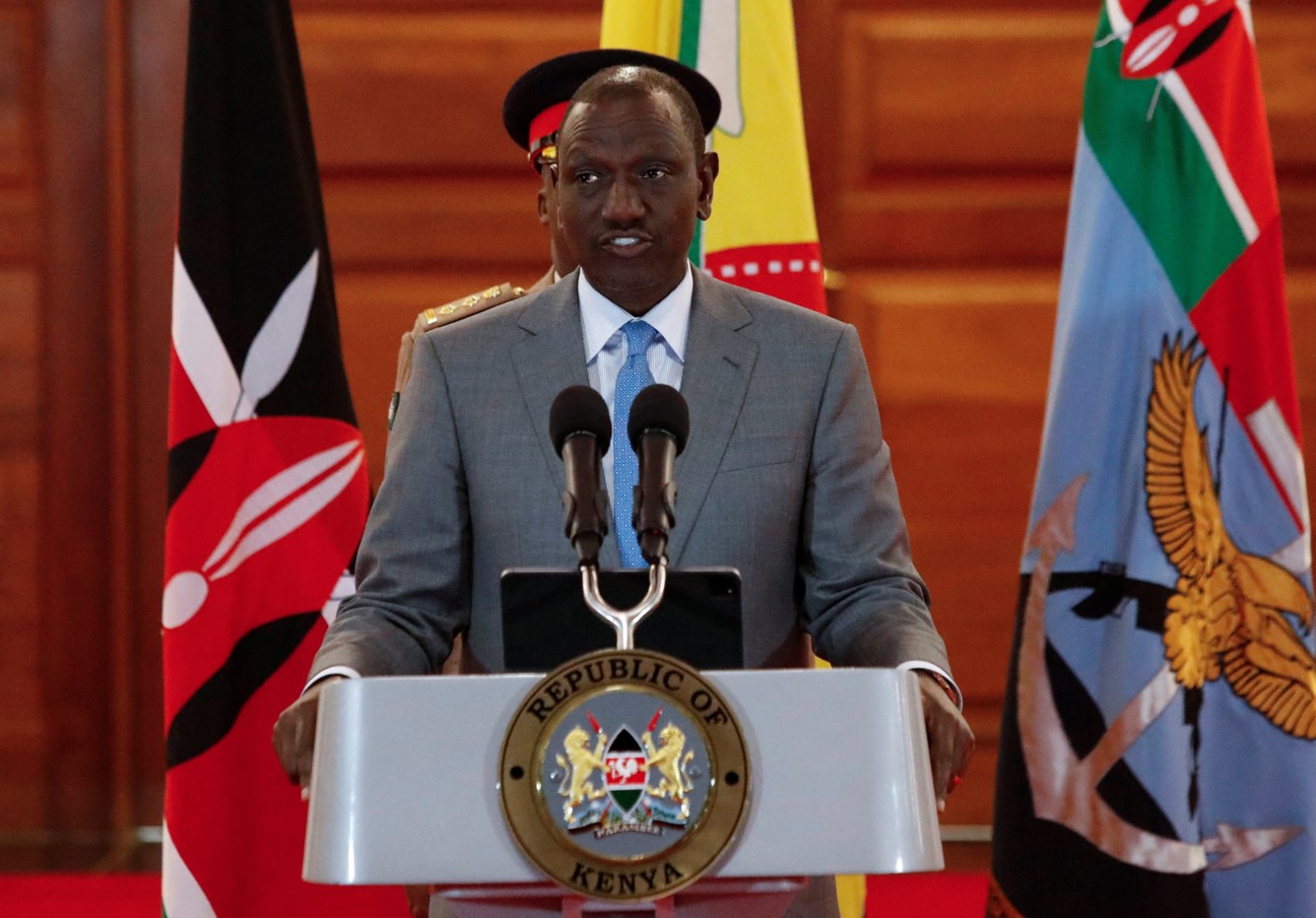 President William Ruto during a press briefing at State House, Nairobi, on June 25, 2024, after a day of deadly protests. (Photo: REUTERS/Monicah Mwangi)
President William Ruto during a press briefing at State House, Nairobi, on June 25, 2024, after a day of deadly protests. (Photo: REUTERS/Monicah Mwangi)
2. Rotten apple or barrel problem?
The Kenyan state blames police violence against Kenyans on “rogue” elements, utilising the “rotten apple” theory.
Across the globe, the rotten apple theory is used to explain bad behaviour as the outcome of a few bad people, rather than the result of systemic or structural factors.
The Kenyan police also regularly use “rotten apples” as a deflection strategy. These “rotten apples” are then transferred to less desirable locations, like Kenya’s dry northwest region, as a punitive measure.
This tactic reinforces the idea that individual actions, rather than systemic issues of broader police culture, such as corruption, are the root cause of misconduct. This allows the government to evade any form of accountability.
3. Bringing in the army
Although the police and army both uphold the sovereignty and jurisdiction of the Kenyan state, they have distinct functions.
Whereas the police are the primary law enforcement body to secure domestic security and enforce domestic law, the army is responsible for securing the state against external security.
The deployment of the army for domestic situations can only occur in states of emergency and crisis.
Kenya has a history of deploying its military domestically, though in most instances it has been in response to security threats, such as regional tensions, terrorist threats and other internal conflicts.
Deploying the army to suppress protests under the guise of restoring peace is particularly problematic. It blurs the lines between military and police functions, undermining civilian oversight of the military.
This approach often escalates tensions and raises significant human rights issues. The military is primarily trained for combat, not crowd control.
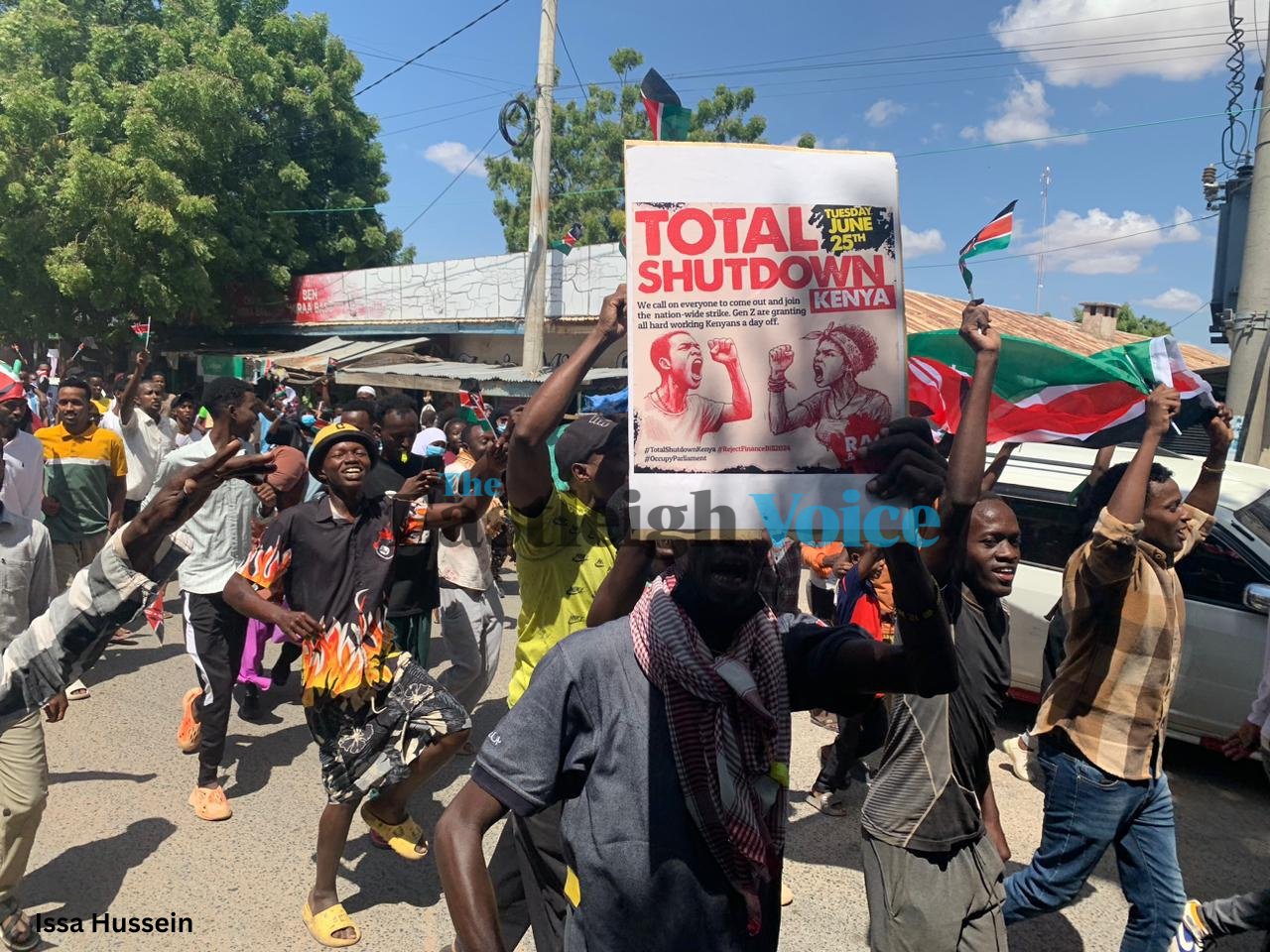 Hundreds of Garissa township youth protest against the Finance Bill on June 25, 2024. (Photo: Issa Hussein/EV)
Hundreds of Garissa township youth protest against the Finance Bill on June 25, 2024. (Photo: Issa Hussein/EV)
4. Criminalisation of demonstrators
The Kenyan government often resorts to the criminalisation of protesters, activists and critics, framing their dissent as illegal. Ruto’s early response following recent protests branded demonstrators as “traitors”, “dangerous criminals” and “enemies of the state”.
Yet, Article 37 of the Kenyan constitution provides for the right to peaceful assembly and petition.
This pattern of vilification is not new. During protests that followed the 2017 presidential election, acting interior minister Fred Matiang'i denounced the protesters as “criminals”.
He instructed security forces “to deal with criminals as they should be dealt with”. In 2023, Ruto branded protests against the high cost of living and alleged electoral fraud as illegal.
He accused opposition leader Raila Odinga of “terrorising the country”. This framed the opposition-led protests as unlawful and aimed at destabilising the country.
By criminalising demonstrators and discrediting them as looters, state violence becomes legitimised.
5. Abuse of the justice system
There is also police impunity for acts of violence against citizens. This lack of accountability is exacerbated by media control and weak institutional frameworks.
This was evident during the post-independence regimes of Jomo Kenyatta, Daniel arap Moi, Mwai Kibaki and Uhuru Kenyatta.
These leaders have been implicated in human rights abuses, often without repercussions. The cases that did reach court were frequently dismissed for lack of evidence, often amid rumours of witness tampering.
Reform efforts, particularly in the judicial and law enforcement sectors, have been inadequate, allowing a culture of impunity to continue.
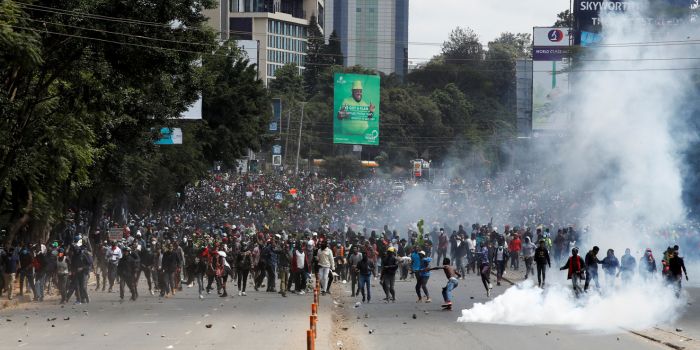 People attend a demonstration against Kenya's proposed Finance Bill 2024/2025 in Nairobi, on June 25, 2024. (Photo: REUTERS/Monicah Mwangi)
People attend a demonstration against Kenya's proposed Finance Bill 2024/2025 in Nairobi, on June 25, 2024. (Photo: REUTERS/Monicah Mwangi)
What next
As the latest protests have shown, the Kenyan state’s use of violence against citizens persists, continuing the oppressive tactics of past regimes.
Yet, the recent demonstrations signal the dawn of a new era in citizen resistance, spearheaded by young people who are transcending class, regional and ethnic divisions.
If past reforms have fallen short, these new types of citizen uprisings under a national cause could be the spark that ignites true and lasting change.
They could challenge the state to deploy a different language that doesn’t solely centre around violence.
Top Stories Today
- LSK slams police for selectively disrupting opposition events, cites breach of rights
- Cabinet approves Power of Mercy Bill, 2025 to reform presidential pardons
- Photojournalist tells court he filmed police officer shooting Rex Masai
- NTSA rolls out new system for compulsory vehicle records update
- MPs reject NG-CDF misuse claims, blame fund account managers
- DCI report linked Kalombotole to KNH patient murder, but ODPP failed to act
